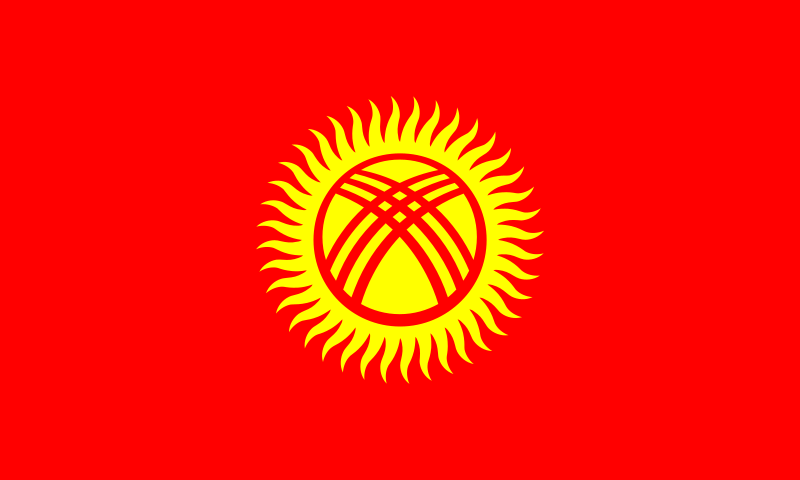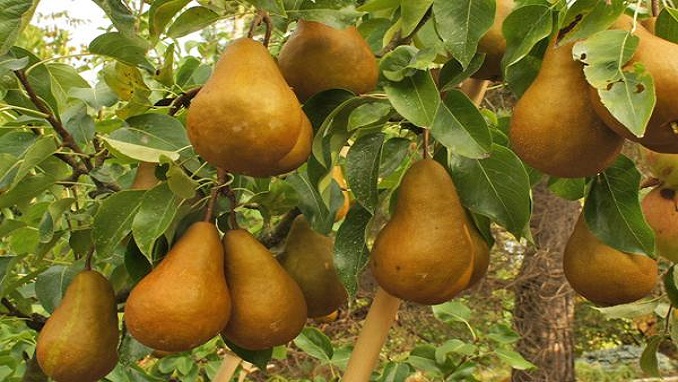When households turn to asset and food depletion coping mechanisms in response to the global food crisis, high inflation, diminishing remittance inflows, and rising levels of poverty, household resilience is being further weakened.
The decrease in net remittance inflows in January 2023 shows that the public is starting to experience the negative consequences of the global food crisis (IMF).
The primary barrier to purchases, for both food and non-food goods, was affordability and economic accessibility (lack of money) (high food prices).
Despite the difficulties facing the vulnerable population in recovering from the effects of crises, the Kyrgyz Republic’s Gross Domestic Product (GDP) continued to grow and increased by 6% in January–February 2023 compared to the same period in the previous year, adding a net 111 billion Kyrgyz Soms (USD 1.3 billion) to the economy.
Improvements in the construction (+0.9%), trade (+11.5%), and agricultural (+1.8%) sectors were mostly responsible for this rise.
Yet, compared to February 2022, inflation in February 2023 was 16.2%. (NBKR). The EAEU region’s yearly inflation rate is still the second highest.
One of the factors contributing to the overall inflation, which is still significant, is the increase in domestic food prices. When compared to the same period in 2022, the Consumer Price Index (CPI) for staple goods increased by 17.6% in January–February 2023. The ability of the most vulnerable population to access a healthy diet is being eroded by rising food prices. In 2023, as Russia’s economy starts to contract, pressure will start to build on the Kyrgyz economy, according to the IMF, which predicts a slowing in GDP growth to 3.5%.
Remittances made about 33 percent of GDP in 2021 and, with 80 percent of them coming from the Russian Federation, they helped to lessen poverty.
Overall net remittances declined by 38% in January 2023 compared to January 2022, which will have an impact on household earnings and overall economic performance as well as further exacerbate poverty.
In 2022, the Russian Federation’s wheat production reached all-time highs. Following international trends, export wheat prices in the Russian Federation fell further in February 2023 and reached their lowest point in September 2021. The Kyrgyz Republic is heavily dependent on imports from the Russian Federation; 95% of its imported wheat, 99% of its imported sugar, and 80% of its imported vegetable oil are all from that country.



